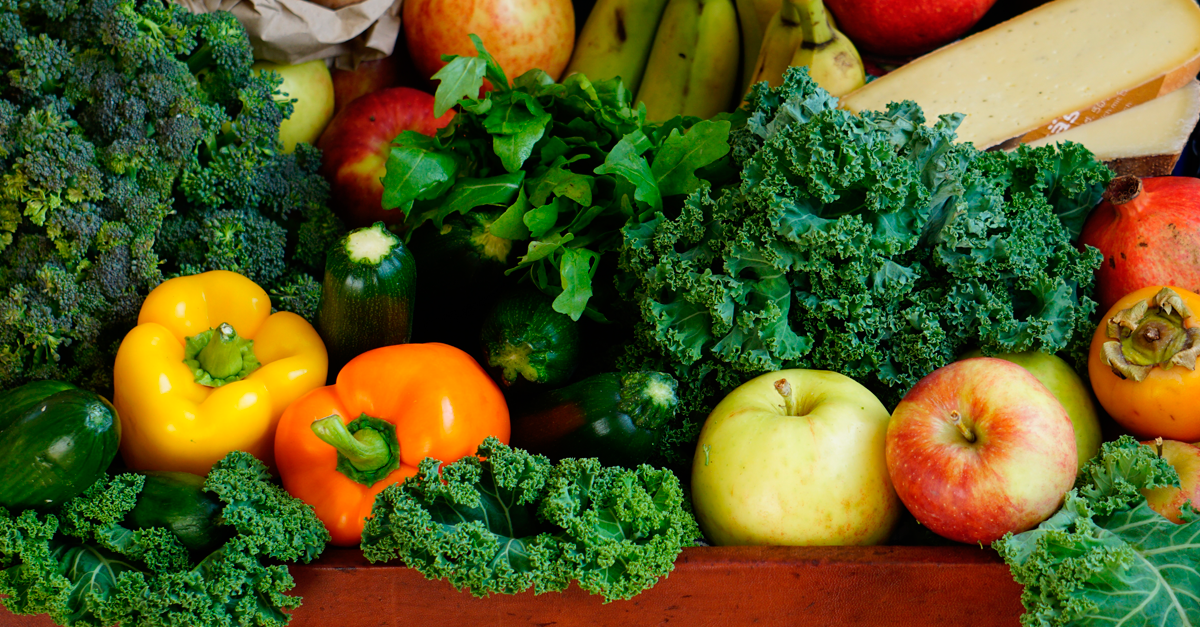Do we know what we eat?: Perceptions regarding food risks in Catalonia, Spain
Received:
5 April 2016,
Accepted:
7 October 2016,
Published:
19 December 2016

Abstract
This article describes and analyzes social perceptions regarding food risks in Catalonia (Spain). In particular it uses the narratives of informants to determine which foods are perceived as dangerous and how, when, where and why this perception of risk develops. Through a qualitative research study, we explored how lay discourses are constructed and managed, creating diverse imaginaries regarding food risk that do not always coincide with the biomedical view. It is highlighted that food risk is not always associated with the dangers of progress or industrialization, nor is it necessarily focused on the dichotomous debate of “industrially produced food” versus “natural food”; rather food risk perceptions revolve around a series of possibilities that are also related to the production, distribution, preparation and/or consumption of food.
Keywords: Feeding, Risk, Perception, Personal Narratives, Spain
References
1. Agencia Catalana de Seguridad Alimentaria. Barómetro de la seguridad alimentaria en Cataluña. Barcelona: Departament de Salut de la Generalitat de Catalunya; 2012.
2. Apfelbaum M. (dir.). Risques et peurs alimentaires. Paris: Odil Jacob; 1998.
3. Bredahl L. Consumer's cognitions with regard to genetically modified foods: Results of a qualitative study in four countries. Appetite. 1999;33:343-360.
4. Chateauraynaud F, Torny D. Surveiller et contenir: un monde peuplé de prions. En: Chateauraynaud F, Torny D, (eds.). Les sombres precurseurs: Une sociologie pragmatique de l'alerte et du risque. Paris: Éditions de l'Ehess; 1999.
5. Latouch K, Rainelli P, Vermesch D. Food safety issues and the BSE scare: some lessons from the French case. Food Policy. 1999;23(5):347-356.
6. Butz P, Needs EC, Baron A, Bayer O, Geisel B, Oltersdorf U, Tauscher C. Consumer, attitudes to high pressure foodprocessing. Journal of Food, Agriculture and Environment. 2003;1(1):30-34.
7. Gaskell G, Ten Eyck T, Jackson J, Veltri G. Imagining nanotechnology: cultural support for technological innovation in Europe and the United States. Public Understanding of Science. 2005;14(1):81-90.
8. European Commission. Eurobarometer 66. Public opinion in the European Union. [Internet]. 2006 [citado 10 feb 2016]. Disponible en: http://tinyurl.com/y4f4b2a
9. Cáceres J, Espeitx E. Les noves tecnologies aplicades a l'alimentació: factors d'acceptació i rebuig a Catalunya [Internet]. Barcelona: Agència Catalana de Seguretat Alimentaria, 2012 [citado 30 mar 2016]. Disponible en: http://tinyurl.com/hkjddho.
10. Fundación Vasca para la Seguridad Agroalimentaria. Estudio de percepción en seguridad alimentaria en la comunidad autónoma del País Vasco [Internet]. País Vasco: Gobierno Vasco; 2012 [citado 20 feb 2016]. Disponible en: http://tinyurl.com/jnvfyoa.
11. Slorach SA. Enfoques Integrados para la gestión de la inocuidad de los alimentos a lo largo de toda la cadena alimentaria. En: Foro Mundial FAO/OMS de las Autoridades de Reglamentación sobre Inocuidad de los Alimentos; Marrakech, Marruecos, 28-30 de enero de 2002 [Internet]. GF 01/10 [citado 27 sep 2016]. Disponible en: http://tinyurl.com/zdjpv6b
12. Organización Mundial de la Salud. Temas de Salud: Inocuidad de los Alimentos. [Internet] 2016 [citado 26 sep 2016]. Disponible en: http://tinyurl.com/jys5hh4
13. Douglas M. Pureza y peligro: Un análisis de los conceptos de contaminación y tabú. Madrid: Siglo XXI Editores; 1973.
14. Lupton D. Risk. London: Routledge; 1999.
15. Oaks L, Harthon BH. Health and the social and cutural construction of risk. In: Harthon BH, Oaks L, (eds). Risk, culture, and health inequality: shifting perceptions of danger and blame. Westport CT: Praeger; 2003.
16. Jensen M, Blok A. Pesticides in the risk society: The view from everyday life. Current Sociology. 2008;56(5):757-778.
17. Sheper-Hughes N, Lock M. The mindful body: A prolegomenon to future work in medical anthropology. Medical Anthropology Quarterly. 1987;1(1):6-41.
18. Confederación de Comercio de Catalunya [Internet]. 2006 [citado 23 ene 2015]. Disponible en: http://www.confecom.cat
19. Foucault M. Vigilar y castigar. Madrid: Siglo XXI Editores; 1992.
20. Glaser BG, Strauss AL. The discovery of grounded theory: strategies for qualitative research. Chicago: Aldine Publishing Company; 1967.
21. Strauss AL, Corbin J. Basics of qualitative research: grounded theory procedures and techniques. Newbury Park: Sage Publishing; 1990.
22. Medina FX. El color de la tradición: Color y construcción del pasado en la publicidad alimentaria. En: Barusi A, Medina FX, Colesanti G. El color en la alimentación mediterránea: Elementos sensoriales y culturales de la nutrición. Barcelona: Institut Català de la Mediterrània; 1998.
23. Fischler C. El (h)omnívoro. Barcelona: Anagrama; 1995.
24. Guidonet A. ¿Miedo a comer?: Crisis alimentaria en contextos de abundancia. Barcelona: Icaria y Observatorio de la Alimentación; 2010.
25. Rozin P, Fischler C, Shields-Argelès C. European and American perspectives on the meaning of natural. Appetite. 2012;59(2):448-455.
26. Rozin P. La préférence pour le natural. In: Fischler C, Masson E. Manger: Français, Européens et Américains face à l'alimentation. Paris: Odile Jacob; 2008.
27. Baranski M, Srednicka D, Volakakis N, Seal C, Sanderson GB, Steward R, Bebrook C, Biavati B, Markellou E, Giotis C, Gromadzka J, Rembialkowska E, Skwarlo K, Tahvonen R, Janovská D, Niggli U, Nicot P, Leifert C. Higher antioxidant and lower cadmium concentrations and lower incidence of pesticide residues in organically grown crops: A systematic literature review and meta-analysis. British Journal of Nutrition. 2014;112(5):794-811.
28. Mulet JM. Los productos naturales ¡vaya timo! Pamplona: Editorial Laetoli; 2011.
29. Begueria A. Un equilibrio imperfecto: Alimentación ecológica, cuerpo y toxicidad. Barcelona: Editorial UOC; 2016.
30. Peretti-Watel P. Sociologie du risque. Paris: Armand Colin; 2000.
31. Contreras J, Gracia M. Alimentación y cultura: Perspectivas antropológicas. Barcelona: Ariel; 2005.
32. Ponce G, Muñoz E. La percepción de los actores de la seguridad alimentaria. Arbor. 2005;715:393-402. doi: 10.3989/arbor.2005.i715.420.
33. Fischler C. Raison et déraison dans les perceptions des risques alimentaires. Cahiers de Nutrition et de Diététique. 1998;33(5):297-301.
34. Fischler C. Food selection and risk perception. In: Anderson HB, Chiva M. Food selection: From genes to culture. Levallois-Perret: Danone Institute; 2002.
35. Zafra E. Comer en la escuela: el modelo de educación alimentaria en el comedor escolar. Revista Trabajo Social y Salud. 2005;51:361-382.










